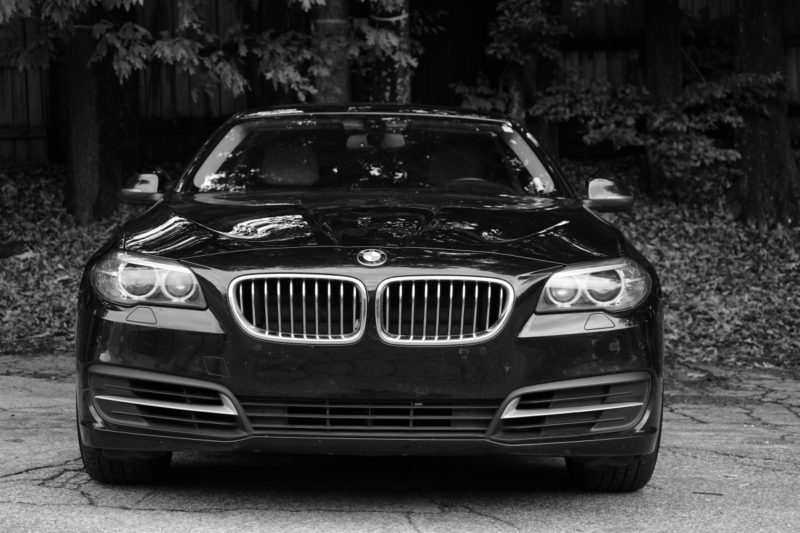Do you know how does a block heater works on a diesel? The block heater heats the coolant of your diesel vehicle. This heated coolant will flow into the engine through convection or a water pump. The temperature will rise once the heat from the coolant to the car’s engine.
One might need this kind of heater or not, so you must first ponder if your vehicle requires one. You might be investing in something that doesn’t have a purpose in your life.
Nevertheless, if you are a mechanical enthusiast, it will always be a joy to learn such things as this. There are many block heaters, and types don’t fit your car. Thus it would help if you had an idea regarding this topic because you may buy the wrong one. Each type has its specialty and works differently from the other. Dear friends, there is so much to discuss, so without further ado, let’s start!
All About Block Heaters On Diesel Vehicles
Block heaters are essential to start your car, especially during a freezing temperature. Primarily, its job is to warm the engine of the vehicle so that it will begin to smoothly. Block heaters are usually used for automobiles, but they can also be used for aircraft. Now that we have answered our central inquiry, “how does a block heater works on a diesel?” let us dig a little deeper to learn about block heaters. This will be a fascinating topic, so keep on scrolling!
#1. Block heater effect on oil
During winter, the temperature gets negative, causing oil – even humans – to freeze. Now, imagine how your car will start if the oil gets thick or frozen? Could it possibly begin? Maybe yes. But the car’s machine will labor harder, resulting in premature wearing of your car’s engine. Who wants that? Moreover, you will have to use more fuel than usual, and emissions from your car will get even more.
The oil will travel through the engine block to lubricate the operational parts with a block heater to start your car. This will enable a smooth start for your vehicle. The block heater retains your car’s engine block at the best temperature to preserve the oil thin to rapidly travel from place to place where it’s thought to go. You will not need to worry about getting your car in a bad situation where considerable costs could be required. A block heater is enough to save your car’s parts from freezing.
#2. The right time to plug a block heater
Temperature is of the most essence. You will determine when you should plug the block heater into your car and how long you must let it stay plugged in. The newer versions of vehicles can now operate in cold temperatures of at most negative twenty-two degrees Fahrenheit. However, as a rule of thumb, you must plug in the block heater if the temperature falls to five degrees Fahrenheit. If you want to make sure that your car will run better, plug the block heater when the temperature hits fifteen degrees Fahrenheit.
It is recommended that the block heater be plugged in for two hours. Of course, if the temperature is too low, you may need to plug it longer. If you plug it in for too long, that may cause you amounts of electricity wasted. Nevertheless, it will not harm your car, so don’t worry if you leave it for several hours. This device is called an electrical plug timer that activates a block heater plug at particular times. With this, you can save your money and your time.
#3. Some types of block heaters
It has been said earlier that a particular type of heater fits your vehicle. However, for a diesel vehicle, there are two major types. The cryo diesel block burner is the first, and the engine-coolant diesel block heater is the second. Knowing a little about these two can help you figure out what will work best for your vehicle. You may be considering getting a block heater in the coming days, so this section is for you.
Freeze-plug
This type of block heater is the most common of all. Using a heat exchanger, a freeze plug will heat the coolant located at the bottom of the cylinder block. Connected to the output relay is a cord that is to be linked to the uppermost part of the plug. You must ensure the size of the block heater that you will purchase because getting the wrong one will cause the coolant to leak, especially during the installation process.
Engine-coolant
The distinct feature of this type from the previous one is how it is connected to the power supply. If the freeze plug needs to be connected to the bottom of the vehicle’s engine, the engine coolant requires a connection to the radiator hose. However, you still have to be sure of the block heater’s size before you install it in your car if you don’t want leakage or problems like that to arise. But regardless of the type of block heater you get, always make time to inspect it regularly. You may also be interested to know about engine block heater installation.
It’s A Wrap!
At the end of this article, I hope you have learned how does a block heater works on a diesel. May the information above give you knowledge about the effect of a block heater on your car, when and how you will need to plug one, and the two main types of the diesel block heater. Thank you so much for reading up to this point of the article. Your time and effort are very much appreciated. You may also want to read about how warm does a block heater keep an engine and where is the block heater on a 7.3 diesel.

